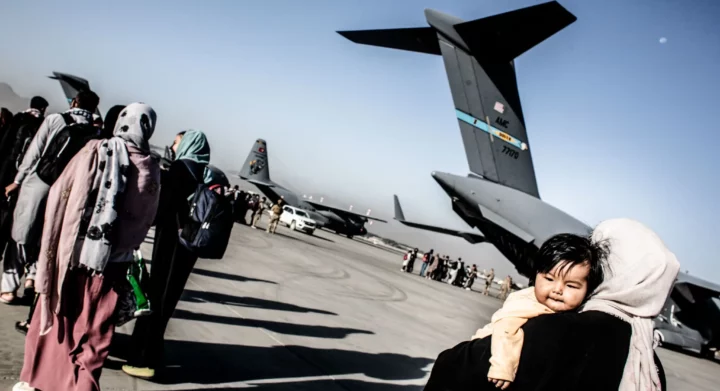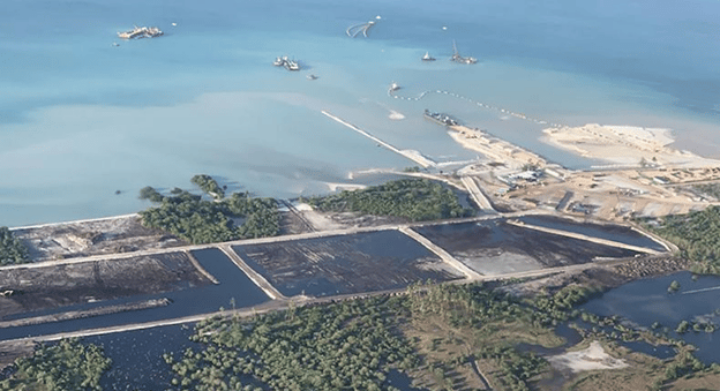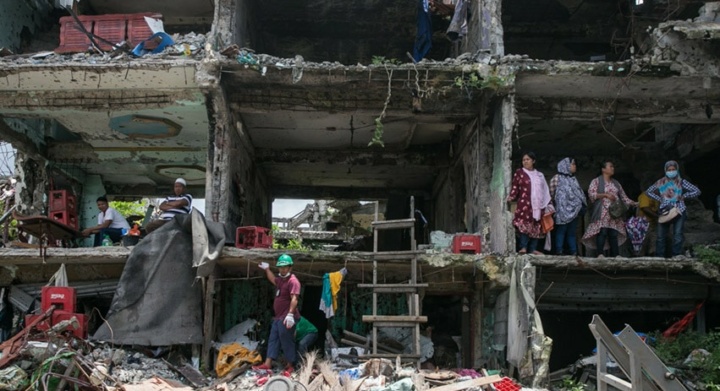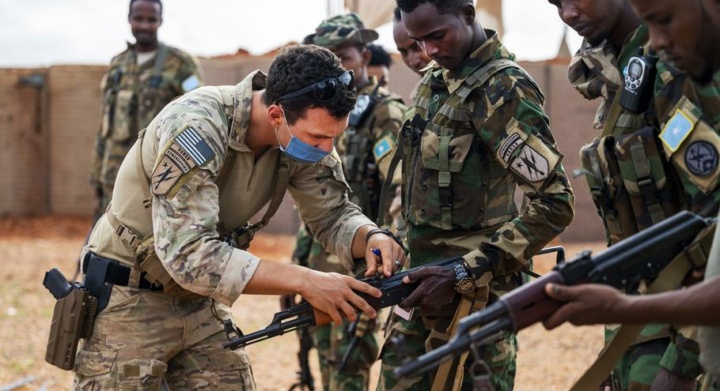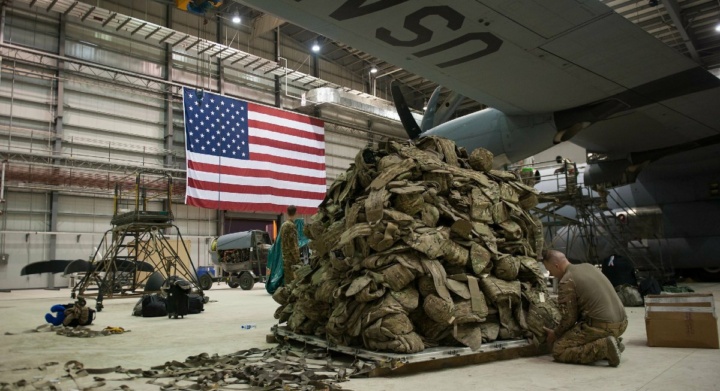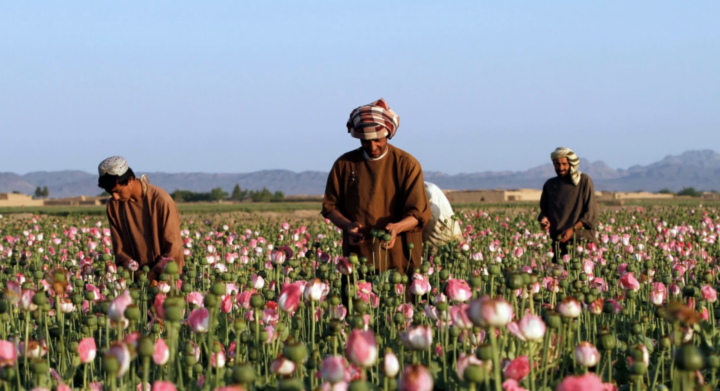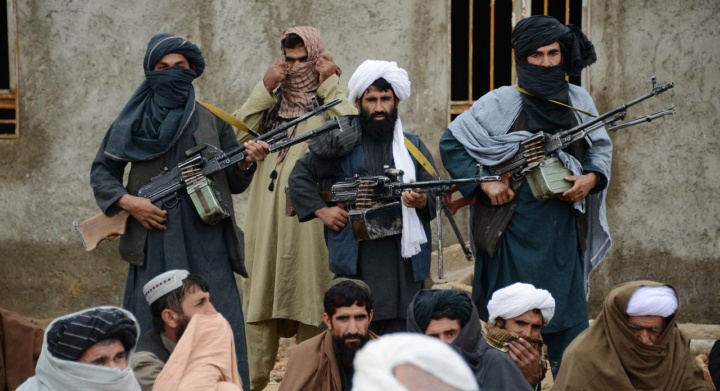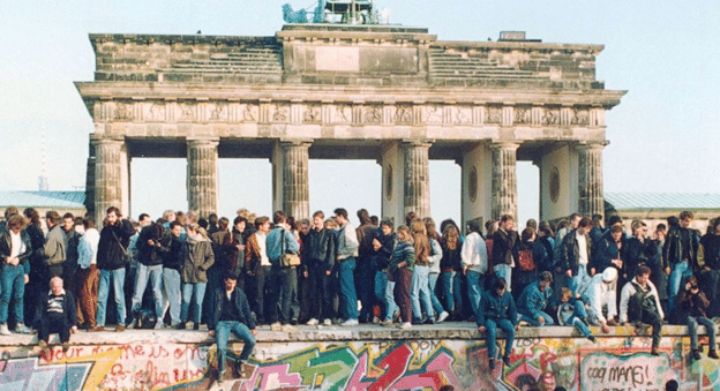In recent months, IS-K has increased the frequency and intensity of terrorist attacks against the Taliban and regional countries, up nearly 300% since last year. This surge of attacks comes as an attempt to undermine Taliban rule and provoke further tension with regional countries. By showing that terrorism has a home in Afghanistan, IS-K can sabotage promises made by the Taliban. IS-K may even attempt to prompt military action by countries in the region. This increased frequency of attacks also seeks to brand IS-K as the most anti-Shi’a extremist group in Afghanistan. IS-K’s strategy and operations in Afghanistan are likely to promote intra-jihadi competition, internal terrorist attacks, and regional instability.
Intra-Jihadi Competition
A primary motivator for IS-K to increase attacks is to promote their brand as the most anti-Shi’a extremist group in Afghanistan. This positioning helps the organization capture radicalized individuals that may have sought competing extremist groups. However, these attempts will lead to fiercer competition between jihadi movements, specifically Al-Qaeda. This competition may lead to retaliatory attacks by Al-Qaeda, which seeks to challenge IS-K’s assertion as the dominant extremist organization. This competition will also increase the number of external attacks on regional or western countries abroad, as both movements attempt to prove their commitment to anti-western action. With intensifying intra-jihadi competition, the international community should expect more frequent and intense external attacks launched from Afghanistan.
Internal Terrorist Attacks
Due to an economic and political crisis, discontent with the Taliban is at its peak. Looking to exploit that dissatisfaction, IS-K is launching numerous attacks against the Taliban to position itself as a militant opposition to the Taliban. This allows IS-K to radicalize individuals to their cause by appealing to anti-Taliban sentiment. IS-K is also launching terrorist attacks against Taliban-controlled territory to undermine the Taliban’s promise of security. The Taliban have previously portrayed themselves as a stabilizing force. By sabotaging security promises for citizens in Afghanistan, IS-K can continue to sow discontent and dissatisfaction with the Taliban and bolster recruitment. The international community and Afghanistan should expect IS-K to grow rapidly in current conditions and for internal attacks to become more frequent and intense.
Regional Instability
The core tenant of IS-K’s strategy involves undermining the Taliban’s promises to the international community. In their come to power, the Taliban promised that Afghanistan would not become a haven for terrorism. By launching external attacks against regional countries, IS-K can undermine this promise.
Among other notable attacks, IS-K was responsible for the attack on the Koocha Risaldar mosque in Peshawar, Pakistan, in March 2022. The organization has also launched attacks and propaganda campaigns to target ties with Iran and China. If the Taliban cannot deal with the IS-K threat to regional and international countries, those countries may likely take more aggressive action to counter IS-K. Without fulfilling promises of security, the Taliban’s international partners may also be unwilling to continue their support. If the Taliban are unsuccessful in suppressing IS-K, the international community should expect long-term instability.
Next Steps
The Taliban has already launched a widespread, severe campaign against IS-K. However, this campaign is thus far ineffective. The U.S. is also limited in its counter-terrorism measures. This derives from a lack of intelligence-gathering infrastructure and an unwillingness from the Taliban to cooperate. Like many of the Taliban’s problems, the threat of IS-K is exacerbated by the underlying issues that plague the Afghan people. It is unlikely that there is a next step that will stifle IS-K’s growth and capabilities. For now, the U.S. and regional countries should act under the assumption that the Taliban will be unable to fulfill its promise of security and that Afghanistan has become a haven for terrorism.
Rise to Peace Counter-Terrorism Research Fellow


